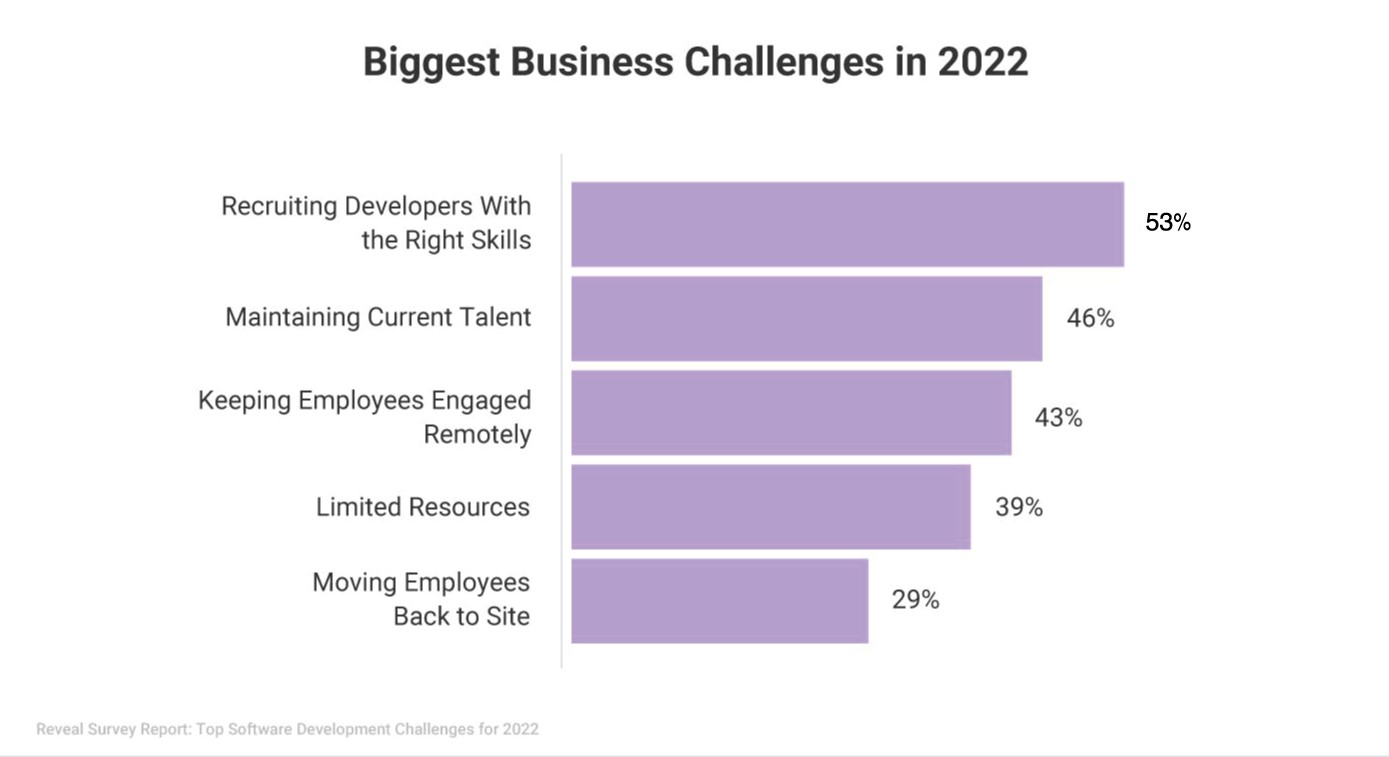How to Write a Powerful Call-to-Action that Drives Sales
The best thing about great content is that it can serve multiple purposes. Writing content that incorporates high-yield keywords strategically helps websites boost their organic rankings. But creative, well-crafted writing is also a powerful sales tool in and of...

The best thing about great content is that it can serve multiple purposes. Writing content that incorporates high-yield keywords strategically helps websites boost their organic rankings. But creative, well-crafted writing is also a powerful sales tool in and of itself.
You must be thinking that it is no secret copywriting is linked to sales. That’s true, copywriting is used to drive sales, whether through ad copy or product descriptions. But today, we are talking about an often overlooked but essential part of content creation called CTA.
How To Use a CTA on Websites
CTA, short for Call-to-Action, is a button or similar standalone indicator on a website or email, landing page, etc. A CTA asks the reader to take action, namely clicking. Usually, the reader is then redirected to another page where they can sign up for a service or make a purchase.
Call-to-action is how content marketing delivers consequential outcomes. A well-crafted CTA will amplify your content, your traffic will improve, your leads will increase, and it will convert your readers into customers.
After guiding the user through your proposition, you use a prompt to ask for the sale. This prompt is the call-to-action. In addition to persuading readers to take action, a compelling CTA explains precisely what the user should do and how they should go about it.
The most important part of writing good CTA content is remembering that this is the part you get as direct as possible. After spending the greater part of your user journey giving them indirect prompts, CTA is where the wordings are a clear-cut pitch to take action.
What Are the Types of CTA
CTA can take multiple forms, such as a button, an image, a banner, or just a plain link, although the latter is used rarely. Essentially the CTA should be prominent and stand out from the rest of the text body. Bold colors like orange or yellow are best for CTAs.
Speaking of being direct, there are scenarios where being indirect is better, e.g., when the user is not ready to jump into a purchase decision immediately. They may need more information before committing to the pitch made through the primary CTA. That’s where you can deploy a transitional CTA.
A transitional CTA is a smaller, more indirect CTA that is given below the main CTA. Typically, a transitional CTA will have text like ‘Learn More’, or ‘Read Our Testimonials’. These let the user stay within the funnel and not bounce from your page.
If you are not familiar with all the different types of CTAs that marketers use on their content, start with the basics of a button CTA. The most fundamental rule of a good CTA is not to make the text too long. A caption of six to seven words is the maximum you should write.
There are types of CTA that include a lot more content and they are known as Lead CTA. These include forms and message boxes that users can fill. The purpose of these is to start the user’s journey earlier. This type is better for gathering information rather than getting sales.
How To Write a Great CTA
A great tactic to use for CTAs is to use first-person language. So, for example, to download an e-book, instead of using ‘claim your free copy now’ you can instead write ‘Send me my free e-book!’. This lets the call-to-action feel more personal and less of a command by the writer.
Similarly, instead of writing ‘Enter your name and address’ on the CTA, write ‘Sign me up!’. This gives the user more agency over the action and is more likely to drive engagement than a simple utilitarian caption.
Ultimately, the goal for any business website is to drive conversion. This is what online content is designed CTA copywriting is the foremost example of this intent. The more creative and targeted you get with your CTA copywriting, the more likely you are to convert.
Conclusion
When it comes to digital marketing, content is king. It forms the backbone of all marketing efforts for online businesses. The purpose of good content is to drive conversions for the business through persuasion. One of the essential tools of content copywriting is Call-to-Action or CTA.
Knowing where to put the CTA prompt can increase your leads. The right CTA placement in your content increases your clicks-to-conversion ratio by 80%. A digital prompt is a way to manage the reader’s attention span and experience of your site.
Beyond sales, marketers can also use CTA to get user information for email marketing and outreach. Form and prompts to download free content in exchange for contact information are exemplary forms of CTA as they help create an email marketing database.
A compelling CTA breaks the monotony of continuous with an exciting proposition for the reader. A call to action is good for retaining user attention and reducing bounce rates by making the user switch to a sales or information page rather than leaving your page.
You can use CTAs on blogs, emails, newsletters, tweets and even videos. The basic idea is to be direct, pithy, and give the reader a payoff for sticking to reading your content this far. So add effective CTAs to your content and make it bring in more conversions than ever!

 JaneWalter
JaneWalter 






























